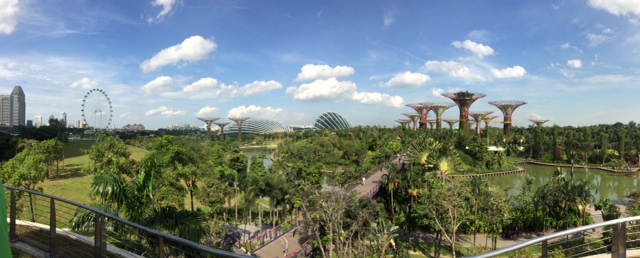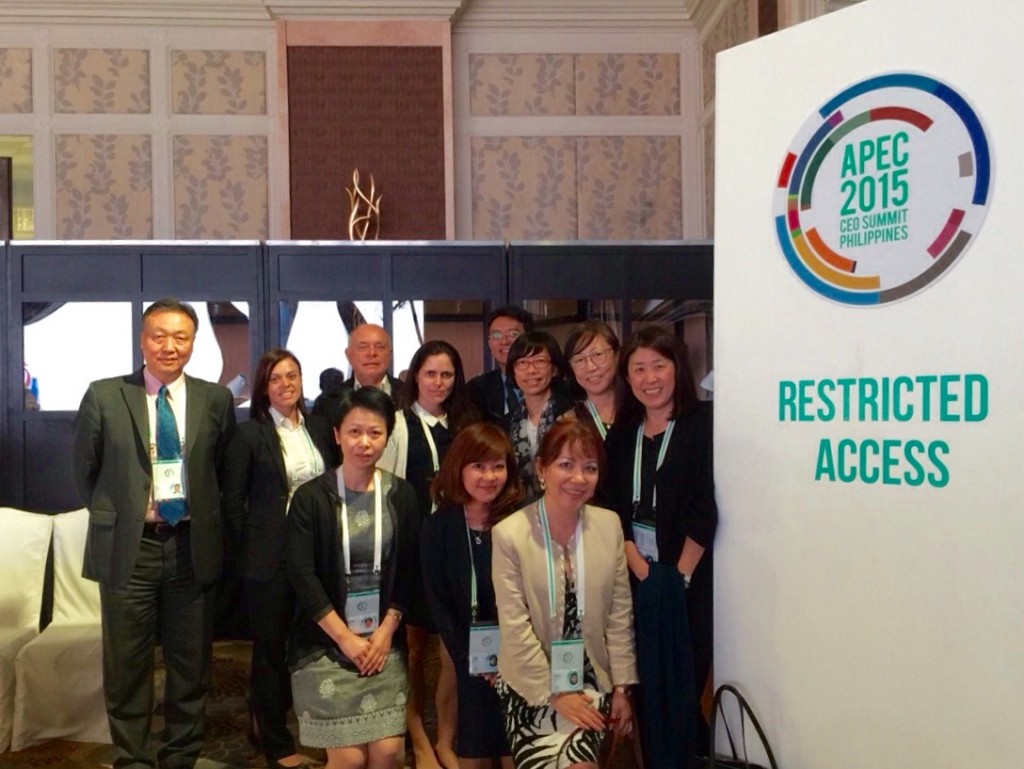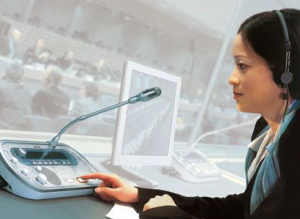COST OF INTERPRETATION
Conference interpretation requires highly qualified professionals and dedicated simultaneous interpretation equipment. In addition, you usually need a whole team of interpreters, not just one.
To get the best cost-quality ratio, ask your Consultant Interpreter for advice.
How much does this kind of multilingual communication service cost?
In relation to the total costs of a conference, probably less than you think.
Take a five-day conference in Bangkok
An individual participant’s costs from another Asian country would come to about US$2500, allowing US$750 for airfare, US$250 per day for hotel accommodation, meals and incidentals and US$500 for registration. Dividing this by five, a typical participant would be spending about US$500 per day to attend the conference.
The collective costs of organizing the conference, such as rental of meeting rooms, tea or coffee breaks, documents, field trips, interpretation, audio-visual and simultaneous interpretation equipment, are usually financed by delegates’ registration fees and sponsorships. The registration fee for a typical conference might be about US$5600 per participant, including the interpretation service in three languages..
Here are some examples of the cost per participant, per day, of providing professional conference interpreters and equipment, for meetings of varying sizes and number of languages, calculated on the basis of this example of a five-day conference in Bangkok:
Cost of SI per participant per day, in US dollars (conference in Bangkok)
| Participants |
2 languages |
3 languages |
4 languages |
|---|
| 100 |
45 |
76 |
113 |
| 200 |
25 |
40 |
59 |
| 300 |
18 |
29 |
41 |
| 400 |
15 |
23 |
32 |
| 500 |
13 |
19 |
27 |
As these figures reveal, when spread out over the number of participants, the cost of simultaneous interpretation is not high compared to the daily cost each participant incurs in order to attend the conference and, in fact, modest compared to its advantages:
a. better communication which, after all, is the purpose of the conference;
b. higher attendance, as more participants will come;
c. more varied and interesting contributions from different regions and cultures;
d. greater prestige for the meeting;
e. less frustration resulting from not understanding participants who are forced to speak in a language they do not master.
Dealing with interpreters directly
If you ask a consultant interpreter to put together your team of interpreters you will find that the cost is less than if you go to another intermediary.
Other intermediaries, such as translation agencies, subcontract interpretation and take a commission on interpreter fees or the total cost of interpreters. The level of commission may vary from 20% to 100% of the costs. To be competitive and optimize optimise their profit, other intermediaries may end up hiring non-professional interpreters.
Conclusion
Professional interpretation at a major conference usually costs less than just one of the traditional banquets or receptions offered. Don’t be tempted to skimp on the cost of interpretation. Take international communication seriously, as we do. You won’t regret it.



















